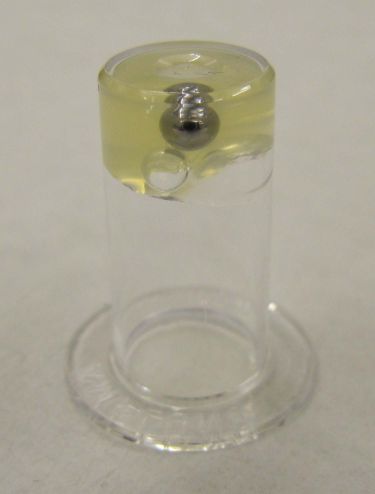
Prothrombin time
The prothrombin time (PT) – along with its derived measures of prothrombin ratio (PR) and international normalized ratio (INR) – is an assay for evaluating the extrinsic pathway and common pathway of coagulation. This blood test is also called protime INR and PT/INR. They are used to determine the clotting tendency of blood, in such things as the measure of warfarin dosage, liver damage, and vitamin K status. PT measures the following coagulation factors: I (fibrinogen), II (prothrombin), V (proaccelerin), VII (proconvertin), and X (Stuart–Prower factor).
Prothrombin time
PT is often used in conjunction with the activated partial thromboplastin time (aPTT) which measures the intrinsic pathway and common pathway of coagulation.
History[edit]
The prothrombin time was developed by Armand J. Quick and colleagues in 1935,[22] and a second method was published by Paul Owren,[23] also called the "p and p" or "prothrombin and proconvertin" method. It aided in the identification of the anticoagulants dicumarol and warfarin,[24] and was used subsequently as a measure of activity for warfarin when used therapeutically.
The INR was invented in the early 1980s by Tom Kirkwood working at the UK National Institute for Biological Standards and Control (and subsequently at the UK National Institute for Medical Research) to provide a consistent way of expressing the prothrombin time ratio, which had previously suffered from a large degree of variation between centres using different reagents. The INR was coupled to Dr Kirkwood's simultaneous invention of the International Sensitivity Index (ISI), which provided the means to calibrate different batches of thromboplastins to an international standard.[25] The INR became widely accepted worldwide, especially after endorsement by the World Health Organization.[26]